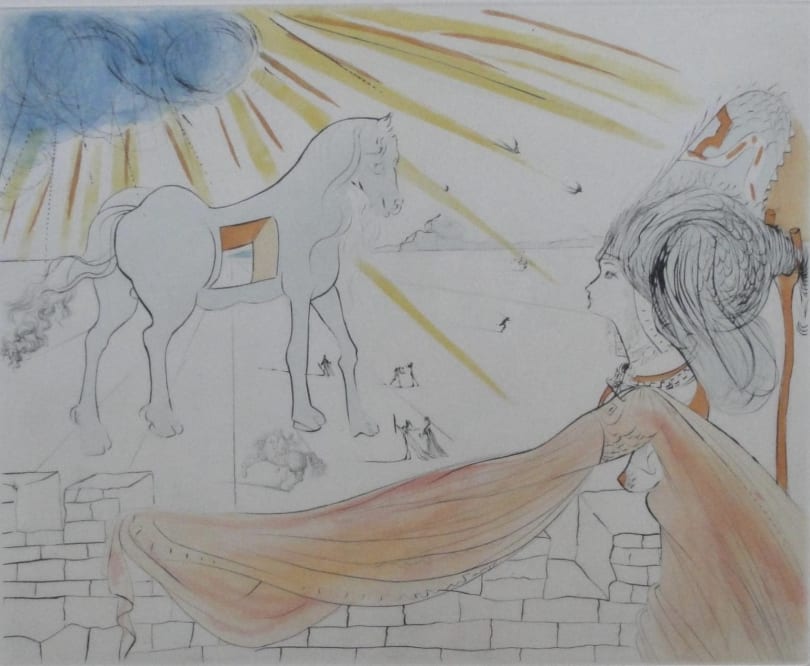
Salvador Dalí
Bio
Salvador Dalí, the undisputed master of surrealism, left an indelible mark on the art world of the 20th century. Born on May 11, 1904 in Figueras in Catalonia, Dalí quickly stood out for his boundless imagination, his distinctive style and his captivating eccentricity.
From a young age, Salvador Dalí showed exceptional talent for art. He studied at the San Fernando Royal School of Fine Arts in Madrid, where he became friends with the emerging surrealist movement. His rebellious spirit and unconventional approach to art made him one of the most provocative figures of this movement.
Dalí is best known for his iconic works such as The Persistence of Memory, where soft watches symbolize the relativity of time. His distinct surrealist style, characterized by dreamlike images, strange juxtapositions and exceptional technical precision, helped redefine the limits of artistic imagination.
Dalí's art was not limited to painting; he also explored sculpture, photography, fashion, cinema and advertising. His eccentric personality, with his famous fanged mustache, added a theatrical dimension to his public image.
Dalí was also influenced by artistic movements such as Cubism, Dadaism and Classicism, creating a unique fusion of traditional and contemporary elements in his work. His fascination with psychoanalysis, particularly the theories of Sigmund Freud, also profoundly influenced his art.
Beyond his artistic genius, Salvador Dalí was a flamboyant character in daily life. His collaboration with other renowned artists such as Luis Buñuel and Pablo Picasso left a lasting cultural legacy.
Salvador Dalí died on January 23, 1989, but his influence persists in the contemporary art world. His innovative spirit and artistic legacy continue to inspire new generations, making him an immortal icon of surrealism and unbridled creativity.






